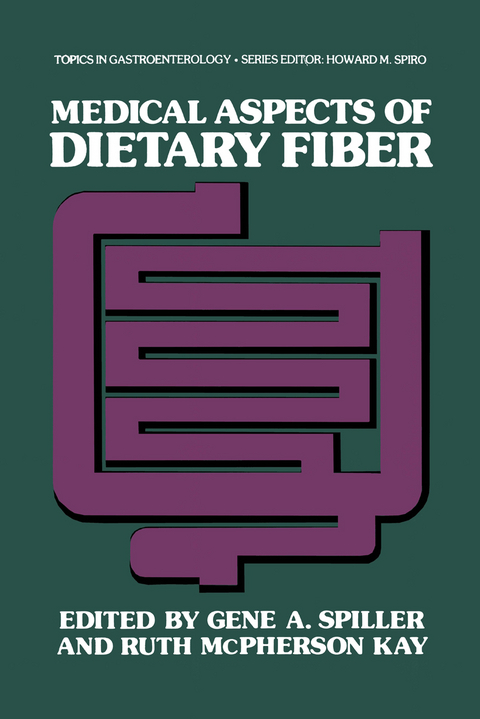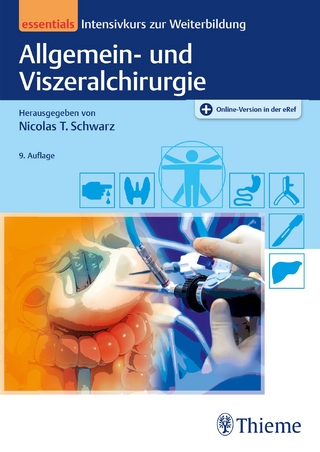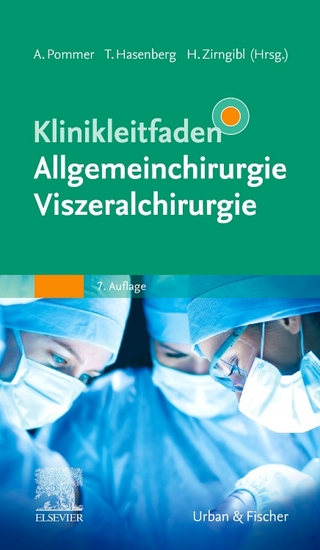
Medical Aspects of Dietary Fiber
Springer-Verlag New York Inc.
978-1-4615-9178-8 (ISBN)
1. Effect of Fiber on Colon Function.- I. Introduction.- II. Physicochemical Effects of Fiber.- III. Metabolism of Dietary Fiber in the Colon.- IV. Effect of Dietary Fiber Metabolism on Colon function.- V. Effect of Fiber on Stool Weight.- VI. Summary.- References.- 2. The Measurement of Intestinal Transit Time.- I. Introduction.- II. Physiological Relationships.- III. Methods of Measuring Gastrointestinal Transit.- IV. Transit in Relation to Other Functions.- V. Conclusions.- References.- 3. Dietary Fiber in Diverticular Disease of the Colon.- I. Introduction.- II. Fiber Intake and the Prevalence of Diverticular Disease.- III. Diverticular Disease: Pathogenesis and the Effect of Fiber.- IV. Fiber Depletion Studies in Animals.- V. Treatment of Diverticular Disease with Dietary Fiber.- VI. Conclusions.- References.- 4. Effects of Dietary Fiber on the Structure and Function of the Small Intestine.- I. Introduction.- II. Dietary Effects on Small-Bowel Structure.- III. Dietary Effects on Small-Bowel Microbiology.- IV. Relationship between Intestinal Flora and Mucosal Structure and Function.- V. Summary.- References.- 5. Colon Cancer: The Emergence of a Concept.- I. Epidemiological Features.- II. The High-Fat, Low-Fiber Hypothesis.- References.- 6. Experimental Animal Studies in Colonic Carcinogenesis and Dietary Fiber.- I. Introduction.- II. General Concepts and Rationale.- III. Experimental Colonic Neoplasia: The Model.- IV. Studies with Dietary Fiber in Experimental Colonic Neoplasia.- V. Future Directions and Mechanisms of Fiber Action.- VI. Conclusion.- References.- 7. Epidemiology of Colon Cancer: Fiber, Fats, Fallacies, and Facts.- I. Introduction.- II. Disease Distribution.- III. Correlational Studies.- IV. Case-Control Studies.- References.- 8. Dietary Fiber and Lipid Metabolism: An Update.- I. Introduction.- II. Working Hypothesis.- III. Evaluation of Hypothesis.- V. Conclusions.- References.- 9. Dietary Fiber: Effects on Plasma and Biliary Lipids in Man.- I. Introduction.- II. Epidemiological Studies.- III. Clinical Studies.- IV. Mechanisms.- V. Clinical Significance of Dietary Fibers.- References.- 10. Dietary Fiber and Carbohydrate Metabolism.- I. Introduction.- II. Dietary Fiber and Carbohydrate Tolerance Tests.- III. Fiber Foods and Fiber Pharmacology.- IV. Mechanisms of Action of Fiber in Relation to Carbohydrate Metabolism.- V. Prerequisites for Maximum Effectiveness.- VI. General Considerations.- VII. Conclusion.- References.- 11. Dietary Fiber and Diabetes.- I. Introduction.- II. Short-Term Effects of Fiber.- III. Long-Term Effects of Fiber.- IV. Proposed Mechanisms.- V. Therapeutic Use of High-Fiber Diets.- VI. Conclusions.- References.- 12. Food Intake Regulation and Fiber.- I. Introduction.- II. Work and Rate of Ingestion.- III. Energy Density.- IV. Satiety.- V. Long-Term Studies.- VI. Insulin Release and the Rate and Site of Nutrient Absorption.- VII. Fecal Energy Loss.- VIII. Epidemiological Evidence.- IX. Animal Obesity.- X. Palatability.- XI. Fiber and Treatment of Obesity.- XII. Summary.- References.- 13. Dietary Fiber and Mineral Absorption.- I. Introduction.- II. Calcium Absorption and Calcium Balance.- III. Dietary Fiber and Zinc Status.- IV. Dietary Fiber and Iron Absorption.- V. Conclusions.- References.- 14. Sources and Intakes of Dietary Fiber in Man.- I. Introduction.- II. Fiber Intakes and Sources.- III. Long-Term Trends in Fiber Intake.- IV. Effects of Social Class.- V. Seasonal Variation.- VI. Individual Variation.- VII. Conclusions.- References.
| Reihe/Serie | Topics in Gastroenterology |
|---|---|
| Zusatzinfo | 16 Illustrations, black and white; XX, 300 p. 16 illus. |
| Verlagsort | New York, NY |
| Sprache | englisch |
| Maße | 152 x 229 mm |
| Themenwelt | Medizinische Fachgebiete ► Chirurgie ► Viszeralchirurgie |
| Medizinische Fachgebiete ► Innere Medizin ► Gastroenterologie | |
| ISBN-10 | 1-4615-9178-3 / 1461591783 |
| ISBN-13 | 978-1-4615-9178-8 / 9781461591788 |
| Zustand | Neuware |
| Haben Sie eine Frage zum Produkt? |
aus dem Bereich


